Latest

A new method to track skyrmions, tiny magnetic whirls formed by atomic magnetism
Harnessing skyrmions’ random motion and low energy requirements, this discovery could lead to more efficient and powerful computing technologies.
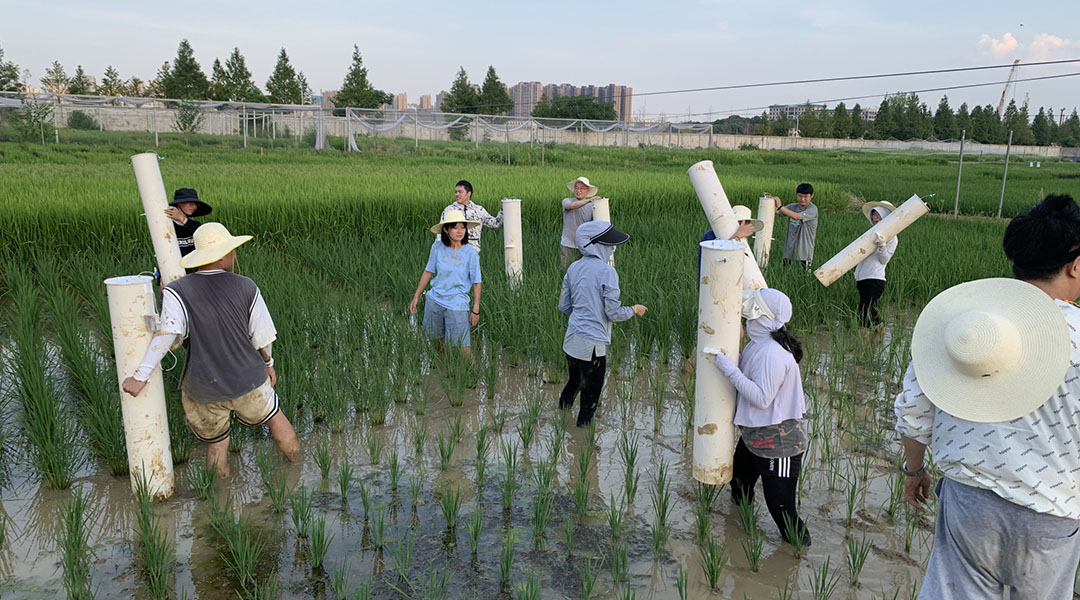
High yield, eco-friendly rice reduces methane emissions by 70%
A new rice variety that combines high yield with low methane emissions could help farmers tackle climate change.

Mouse study reveals multi-generational benefits of exercising during pregnancy
Maternal exercise during pregnancy enables multiple generations of mice to inherit enhanced fitness, with vitamin C playing a key role.
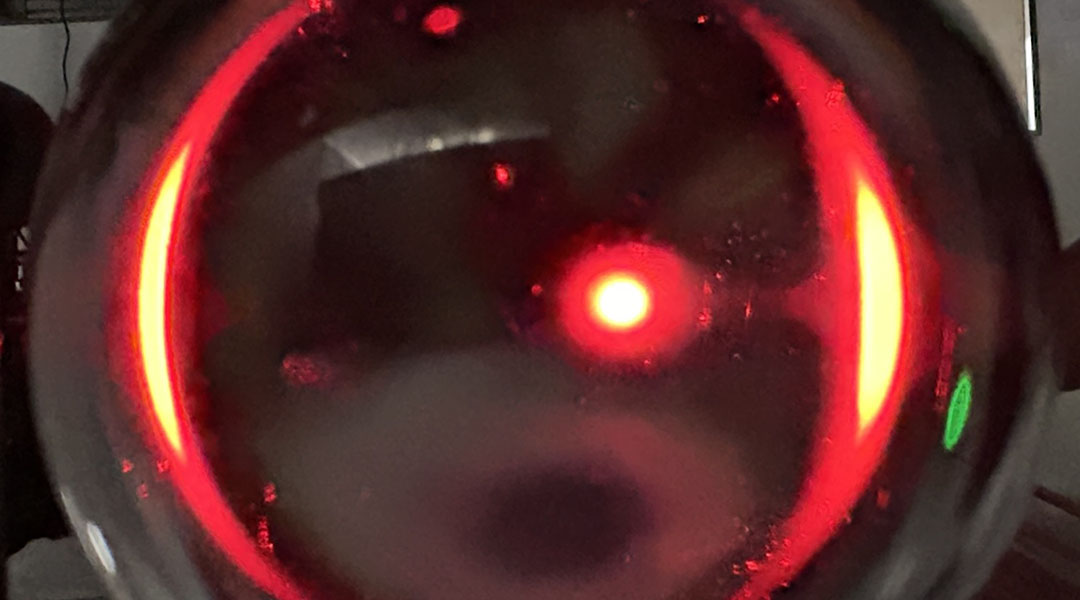
Researchers replicate gravitational lensing in the lab
Lenses help researchers mimic the way massive cosmic objects bend light—bringing the elusive effects of gravitational lensing to Earth.
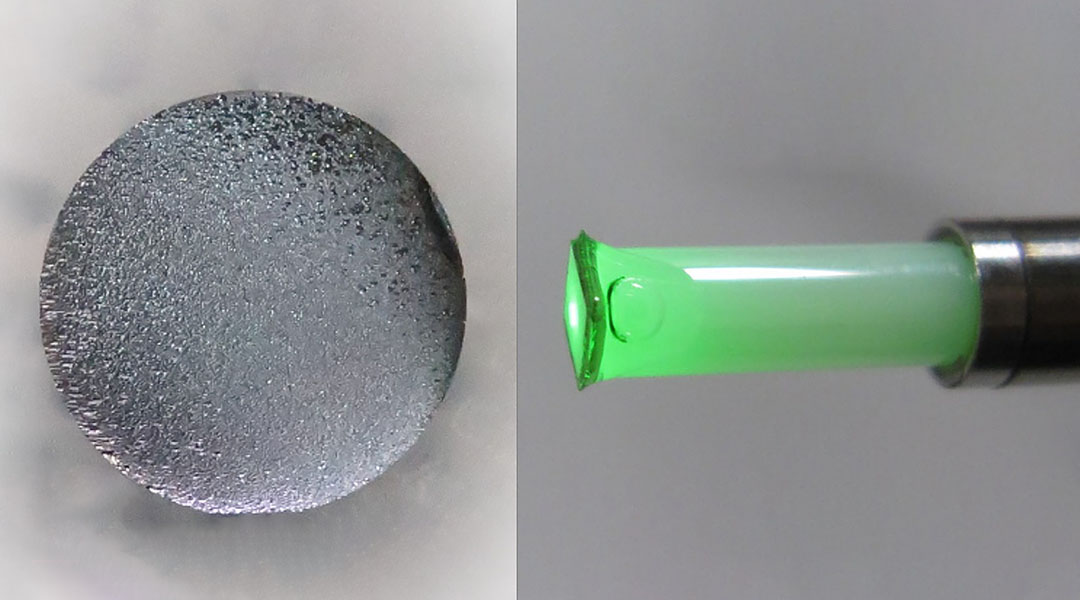
Low-cost quantum sensors could enhance EV battery monitoring
These low-cost quantum sensors detect tiny magnetic field changes and could help identify early battery issues in electric vehicles.

A bionic sensor “sniffs” out food freshness to cut down on waste
This visual sensor connects to your fridge and syncs with your smartphone, providing real-time updates to help reduce food waste.
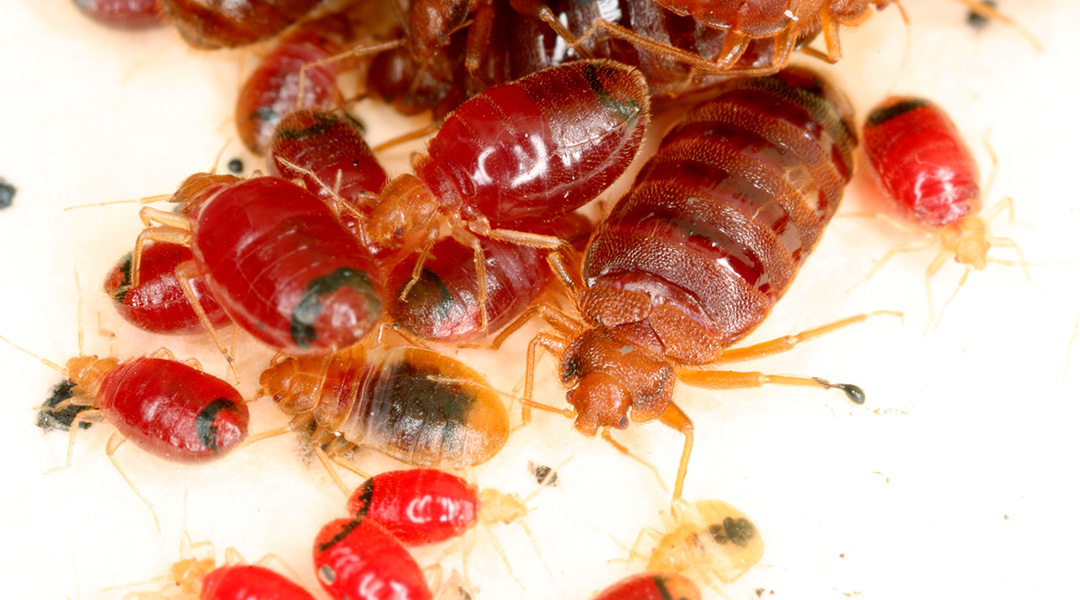
How bed bugs might help crack criminal cases
Forensic science may soon harness these blood-sucking pests, analyzing the blood they feed on to link suspects to crime scenes.
ASN Weekly
Sign up for our weekly newsletter and receive the latest science news directly to your inbox.

Cleaning up toxic dyes in wastewater with gold nanoparticles
Gold nanoparticle clusters boosted the efficiency of titanium dioxide in degrading a toxic dye called methyl orange.

This mathematical tool could improve how fast information is shared
Researchers develop “relative attention entropy” to optimize data transmission, aiding AI learning and communication systems.

Avocado tree waste used to make sustainable food packaging
A material derived from avocado pruning waste and bio-polyethylene combines high strength with biodegradability.

A quantum take on oblivious transfer unlocks ultra-secure communication
In addition to ensuring the secure transfer of quantum communications, researchers have come up with a way to safely store and process data.

Caffeine coating gives fuel cells a boost
Modifying hydrogen fuel cells with caffeine helped protect them from degradation, resulting in up to 11-fold increase in activity.

The rate of human-driven global warming is at a record high
Global warming caused by human action has continued to increase, even though climate action has slowed the rise in greenhouse gas emissions.

Springer Nature staff to take unprecedented strike action
Synonymous journal at the major academic publisher to be affected by industrial action for the first time in its 155-year history.

New study reveals immune system impact in polycystic ovary syndrome
1 in 10 women suffer from polycystic ovarian syndrome, yet its fundamental workings remain largely unknown.
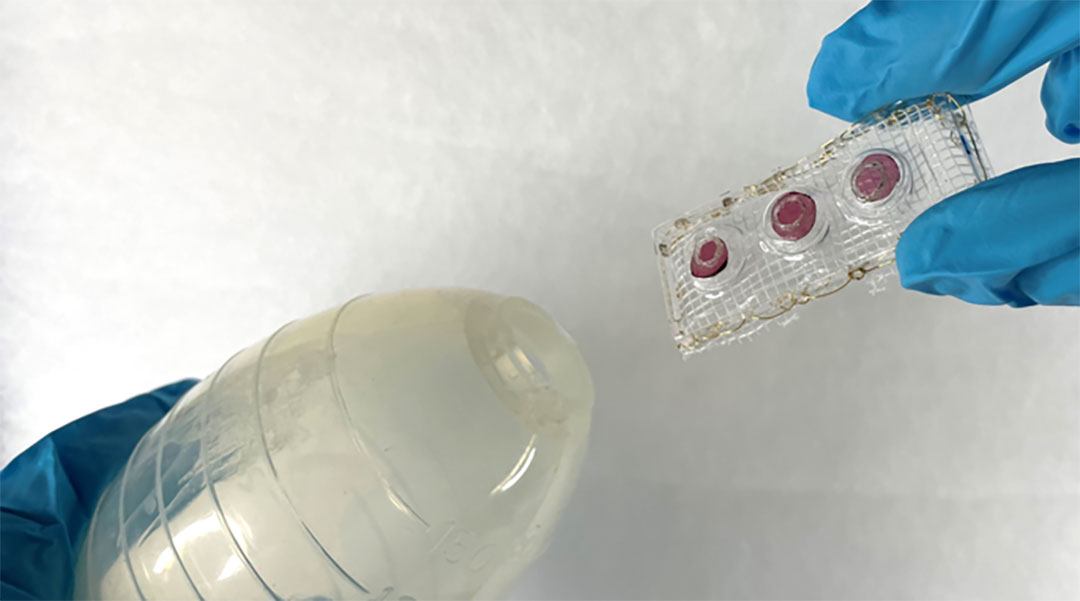
A simple test detects post-surgery abdominal leaks
Enzymes embedded into a plastic strip enable the rapid, naked eye-detection of incompletely healed tissue following abdominal surgery.
No Results Found
The page you requested could not be found. Try refining your search, or use the navigation above to locate the post.
No Results Found
The page you requested could not be found. Try refining your search, or use the navigation above to locate the post.
No Results Found
The page you requested could not be found. Try refining your search, or use the navigation above to locate the post.
No Results Found
The page you requested could not be found. Try refining your search, or use the navigation above to locate the post.
No Results Found
The page you requested could not be found. Try refining your search, or use the navigation above to locate the post.
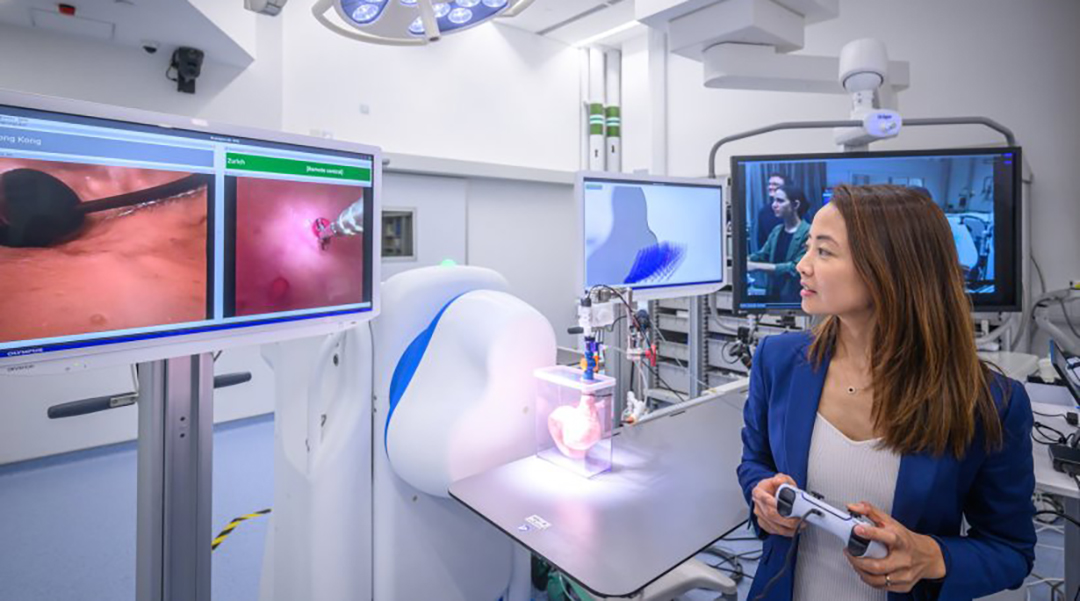
Remote-controlled robot is changing the game for endoscopes
A new teleoperated robot makes it possible to perform endoscopes remotely, making the procedure available in underserviced regions.
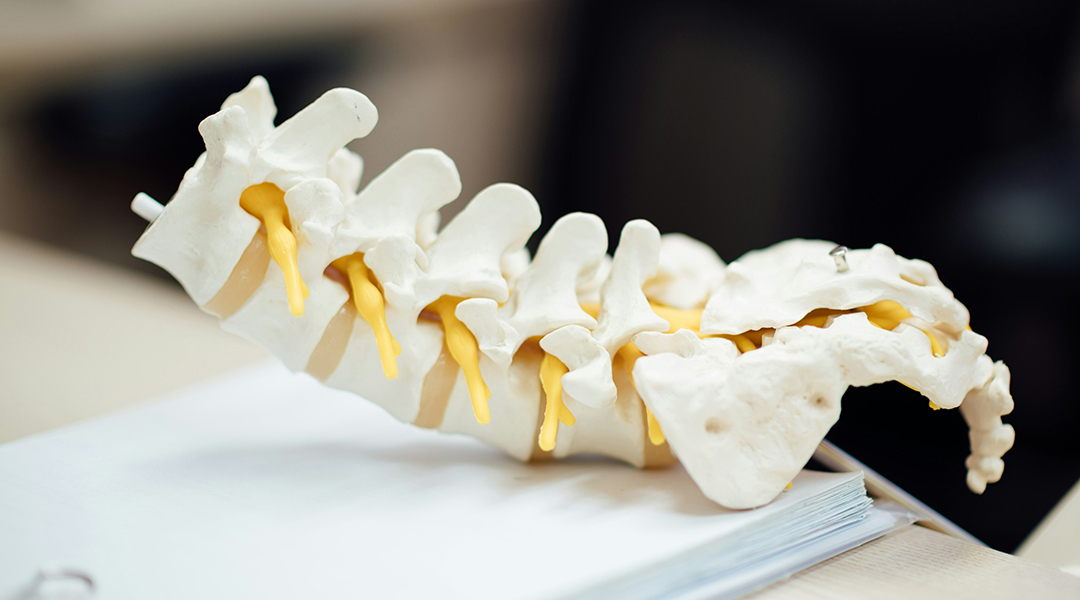
Using 3D printing to treat bone infections
A new biomaterial shows unprecedented success at eliminating bacteria that cause bone infections and promote the regrowth of injured bones.

Routine test misses 70% of gestational diabetes cases
A new study urges doctors to turn to more dependable tests to prevent the development of type II diabetes in mothers and children.
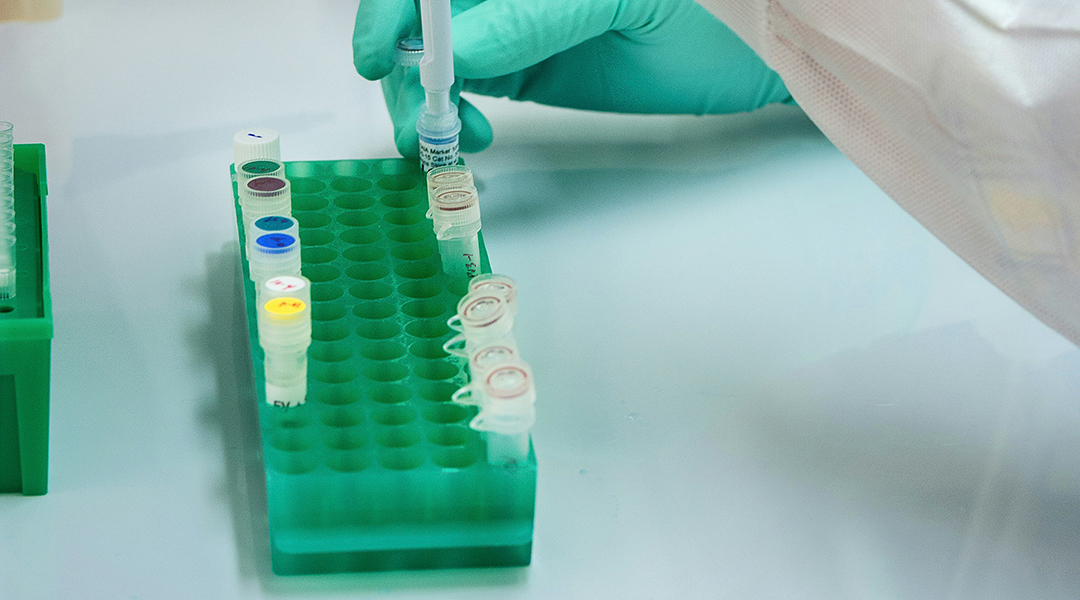
Decorated nanospheres boost chemotherapy and cut side effects
Scientists are using decorated nanoparticles to precisely target tumors with chemotherapy, effectively reducing side effects.

AI lie detectors lead people to make more false accusations, study finds
Participants with lie-detecting AI were more likely to trust it, more readily agreeing when it falsely labeled something a lie.
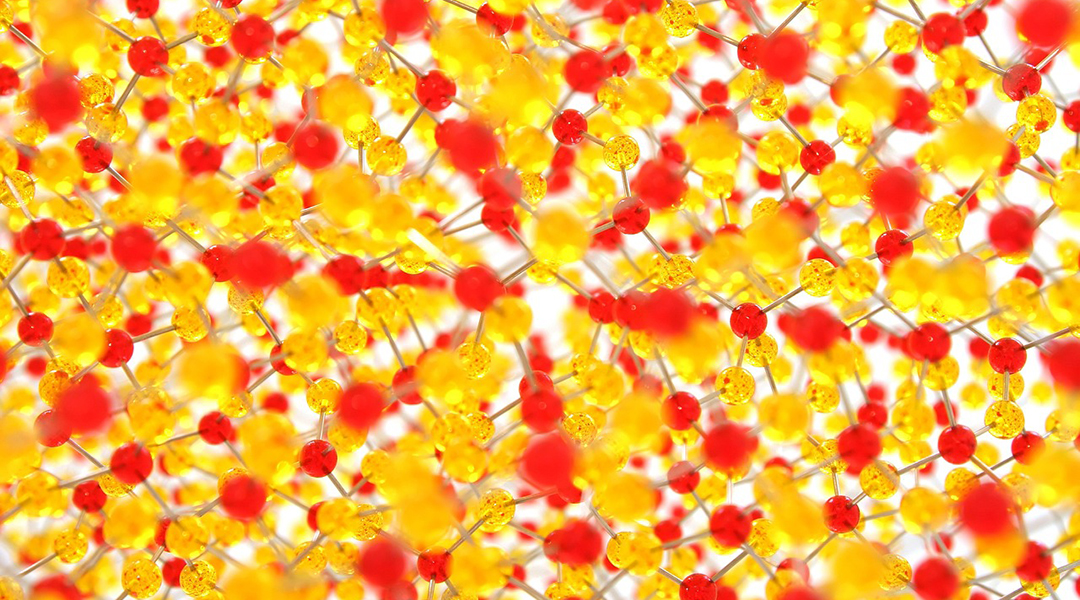
New computer solves complex problems by physically mirroring the systems it’s trying to solve
An Ising machine built on lattice defects solves problems faster than conventional computers without the drawbacks of quantum systems.
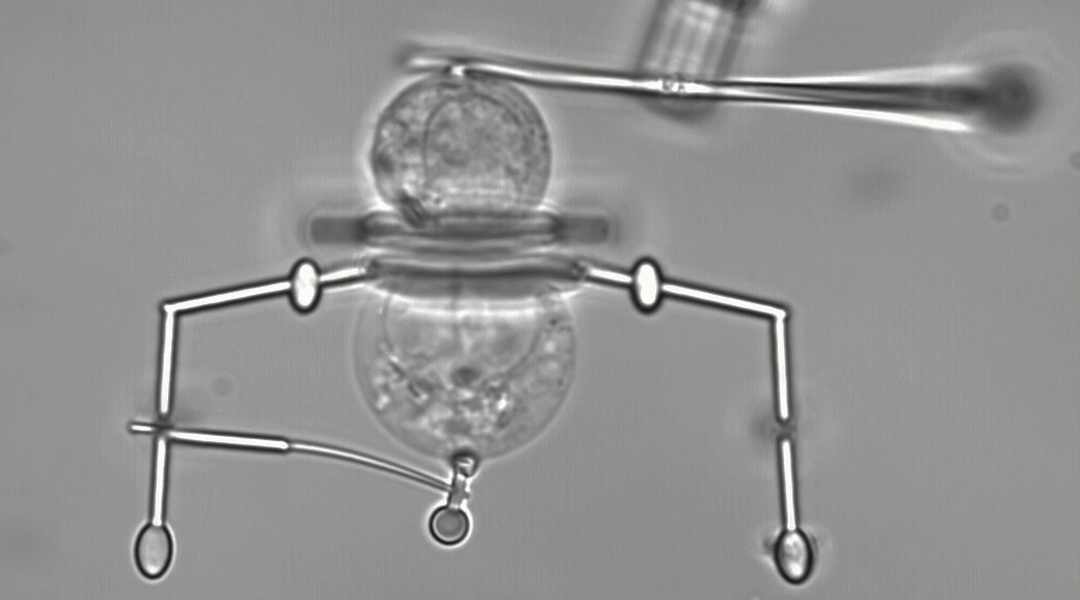
Tiny robots with a big impact: Scientists develop microrobots for single-cell handling
Fitted with nanoscale grippers, these microrobots offer new opportunities for imaging and manipulating single cells.

Flaws in a crystal lattice make stable qubits for quantum computers
This is just the beginning, say scientists working on the new technology.
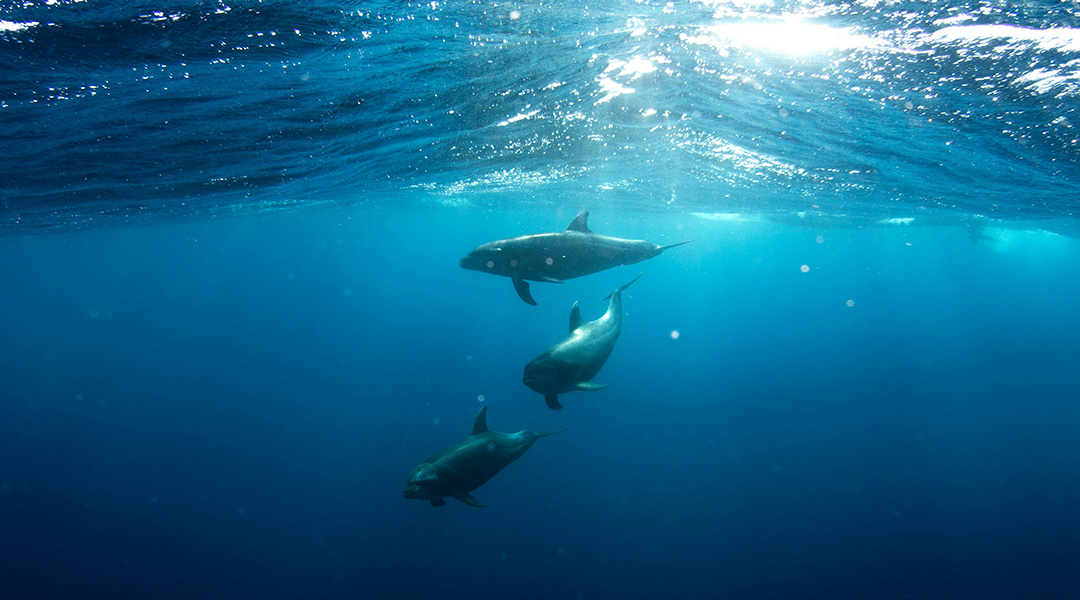
Invisible underwater robots
A transparent underwater robot camouflages itself to explore the ocean, reducing encounters with delicate sea life.

Cleaning up toxic dyes in wastewater with gold nanoparticles
Gold nanoparticle clusters boosted the efficiency of titanium dioxide in degrading a toxic dye called methyl orange.

Avocado tree waste used to make sustainable food packaging
A material derived from avocado pruning waste and bio-polyethylene combines high strength with biodegradability.

Caffeine coating gives fuel cells a boost
Modifying hydrogen fuel cells with caffeine helped protect them from degradation, resulting in up to 11-fold increase in activity.
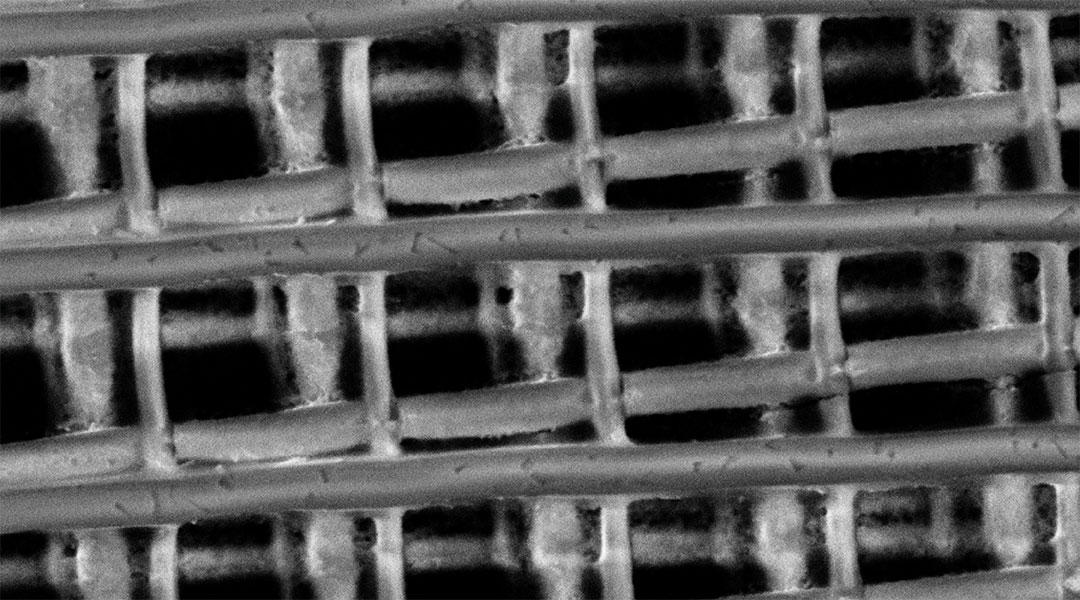
Scientists create the largest nonlinear photonic crystal to date
Their unprecedented control over light will lead to breakthroughs in telecommunications, medical imaging, and quantum computing.

Astronomers witness the reawakening of a black hole
Imagine observing a distant galaxy for years when suddenly its core begins exhibiting unprecedented changes.
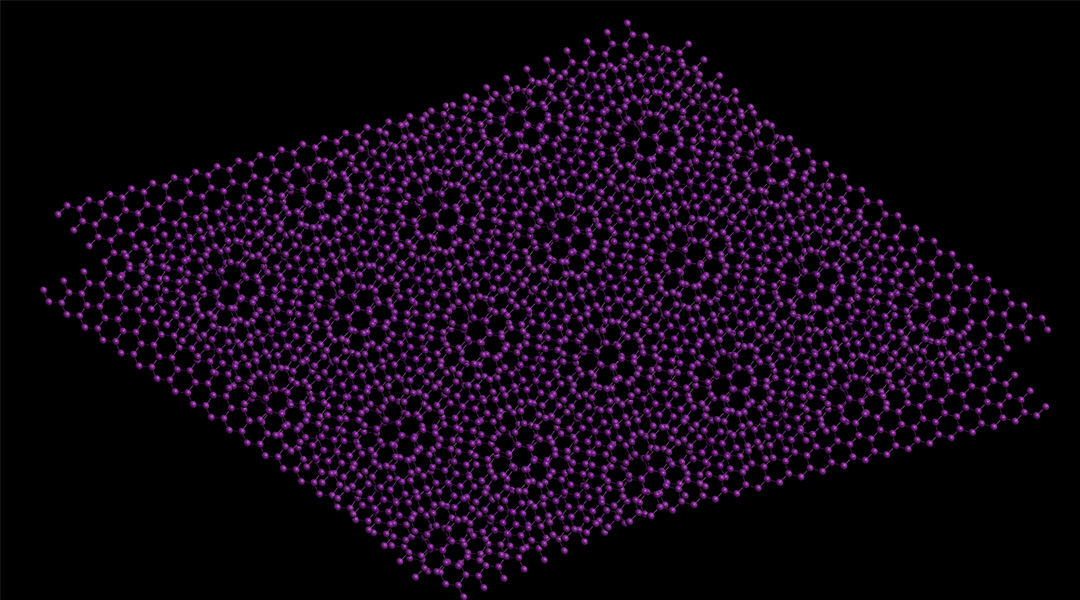
Could twisted bismuth pave the way to a practical superconductor?
“Magic angles” in twisted bismuth bilayers could induce superconductivity at more reasonable temperatures.
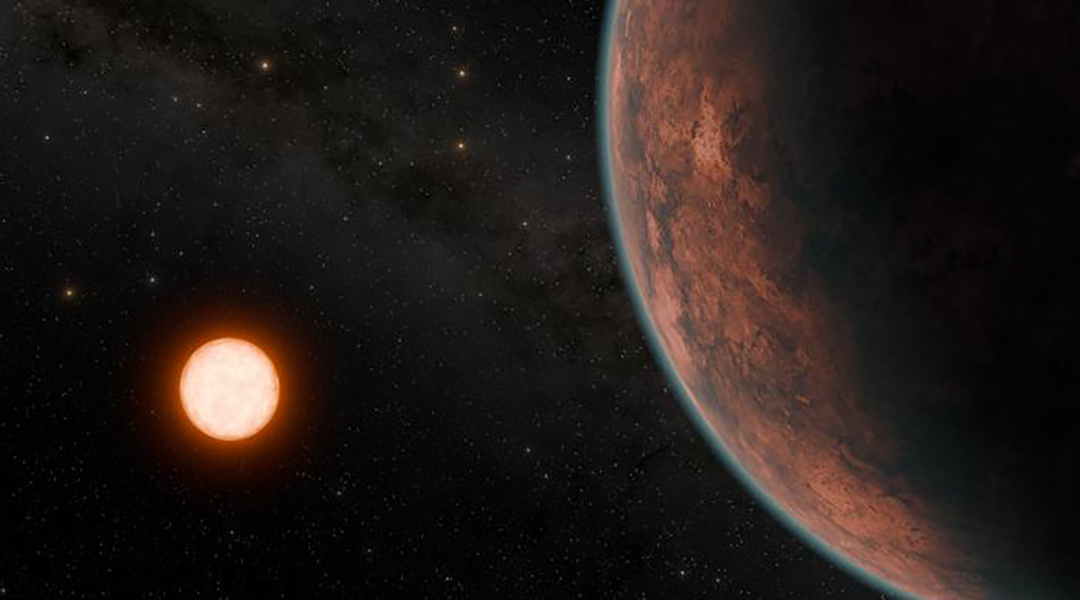
Gliese 12 b: An exo-Venus with Earth-like temperatures
Orbiting a cool, red dwarf star, Gliese 12 b offers insight into atmosphere retention near stars, sparking new questions about habitability.



